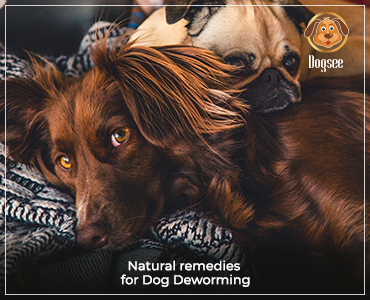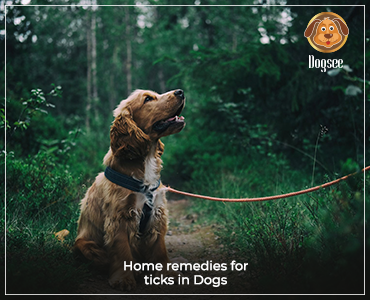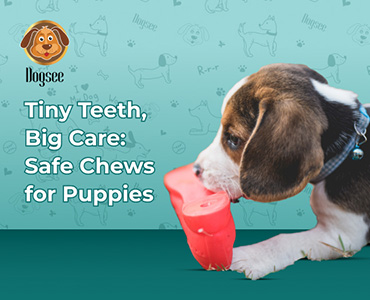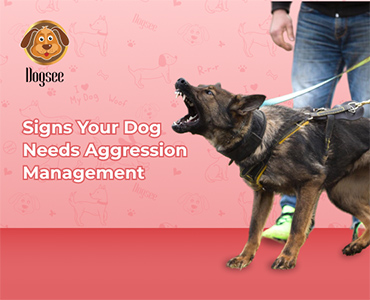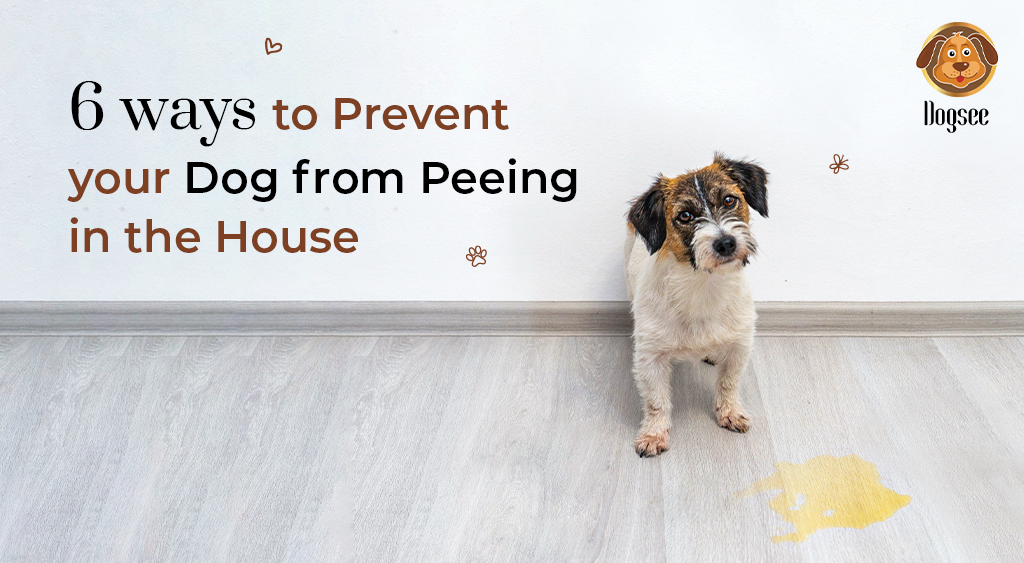
Bringing a new pup home is indeed a delightful and exciting experience. However, as you start your journey of puppy parenting, you quickly realize that there's a myriad of lessons to impart to your furry companion.
From adapting to household rules, coexisting with hoomans, managing their diet, grooming, sleep patterns, and various other nuances, it can be quite a challenge for your new pet.
It is during this phase that you might also encounter a few quirky behaviors, such as an occasional instance of your dog peeing inside the house. And oh yes, cleaning up the mess is another big task.
Chillax, such accidents are common occurrences at every Doggo home. But when peeing indoors gets repeated, it signals the need for some extra care and supervision.
In this blog, we are going to answer this commonly asked query ‘How to stop a dog from peeing in the house?’ Continue reading as we explain, how with the right approach and a little patience, we can tackle the issue of your pooch’s inappropriate urination.
Why do Dogs Pee Indoors?
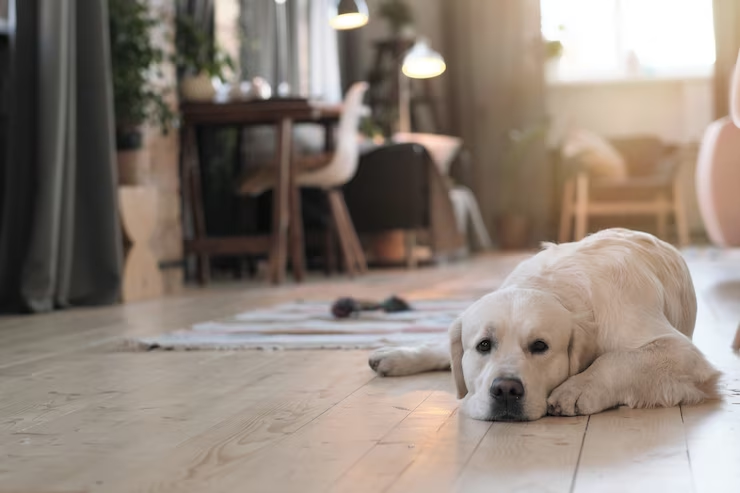
There are four main underlying reasons that could lead your pooch to urinate inside the house. Let’s understand this first before we move on to the prevention part.
1. Lack of House training:
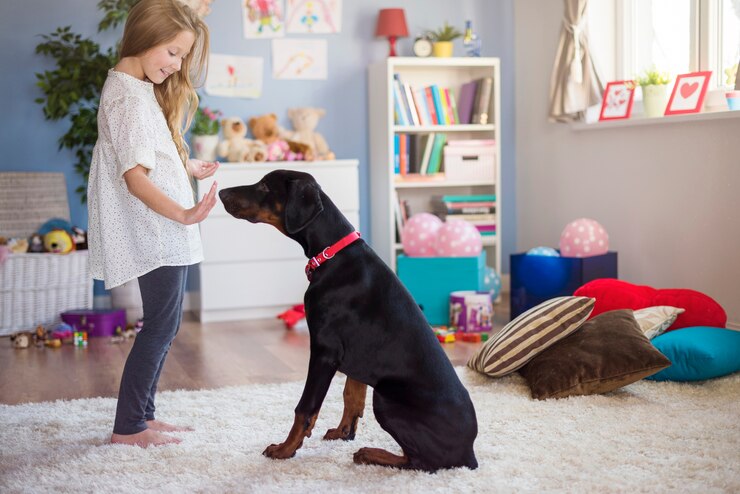
Newly adopted pets and puppies always require effective potty training, without which accidents are inevitable.
The best way to toilet train a puppy is to train them on basics like; the designated elimination area, areas to avoid, ways to control their urge, and more.
If you are a new pet parent, consider seeking guidance from a professional pet behavioral trainer to begin with.
They will help you with valuable insights like tips to encourage the right behavior through positive reinforcement, studying your dogs’ emotions, health limitations if any, etc.
2. Aging Factor:
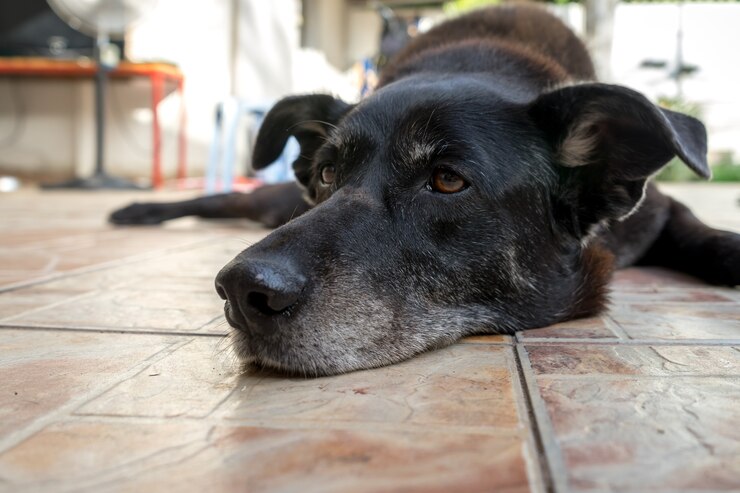
It’s definitely concerning when senior dogs with ample experience and training start to urinate indoors. That’s where the age factor plays a main role in influencing this behavior.
Here are a few common reasons for the same:
Physical Changes: As dogs age, their bodies undergo physical changes, including muscle weakening, and reduced bladder control leading to an increased likelihood of accidents.
Arthritis and Mobility Issues: Older dogs may suffer from arthritis or other mobility problems, making it difficult for them to reach the designated outdoor area in time.
Cognitive issues: Similar to dementia in humans, cognitive dysfunction syndrome in aging dogs leads to problems like memory loss. This makes it challenging for them to remember housetraining rules.
Increased Frequency: Kidney dysfunction will cause aging dogs to urinate more frequently. Hence they will find it more challenging to hold their bladder for extended periods.
On a side note, check out our blog: Understanding Aging in Dogs & Common Health Problems to learn in detail other health issues very commonly found in senior Doggos and valuable tips to take care of.
3. Health Concerns
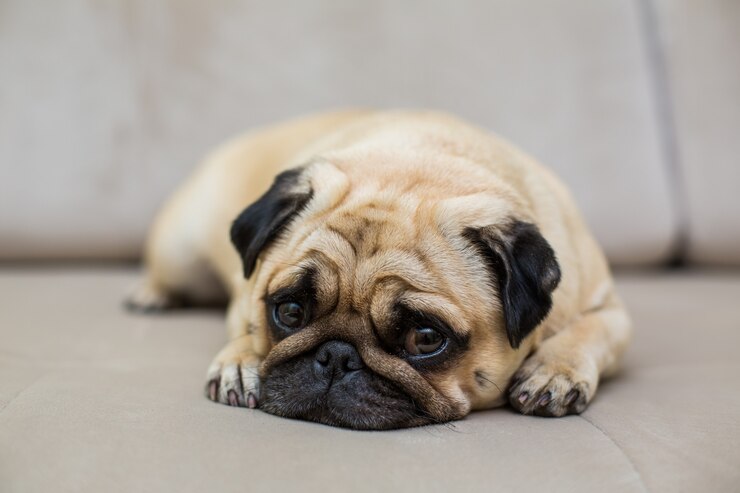
Let’s suppose your pup is a well-trained Doggo but suddenly starts causing accidents by urinating indoors. In such cases, it's vital to understand the key cause. Here are 2 very common issues to look out for.
Urinary Tract Infection (UTI):
Urinary tract infections cause discomfort and irritation in the urethra and bladder, which leads to symptoms like frequent urination. Infection occurs when bacteria enter the urinary system and multiply.
A few common ways to treat the issue are: providing them with the proper medication, making changes to diet plans, and including necessary supplements. In extreme cases like bladder stones, it may require surgery.
Incontinence:
If your pup finds it very difficult to control the release of urine from the bladder. It could be a sign your fur baby is suffering from Incontinence.
It's commonly found in older dogs, but it can affect dogs of any age or gender. Listing below a few common factors:
Weak Sphincter Muscles: It’s observed that a few Doggo breeds particularly larger breeds, struggle to maintain bladder control due to weaker sphincter muscles. This can lead to dribbling or involuntary urination, especially during sleep or rest.
Hormonal Changes: Female dogs peeing in house could be mainly due to hormonal changes that can affect the sphincter muscles. This often may lead to incontinence as they age.
Neurological Issues: Incontinence also occurs when there’s a disruption in communication between the bladder and the brain. Injuries or other prevailing neurological issues lead to incontinence.
Bladder Stones or Tumors: Normal flow of urine could be affected due to growth or physical obstructions in the urinary tract, leading to incontinence.
4. Behavioural Problems
Behavioral problems are another critical factor to examine as you study the reason behind your fur baby’s act of peeing indoors. There are mainly 2 behavioral aspects associated with this.
Submissive Urination:
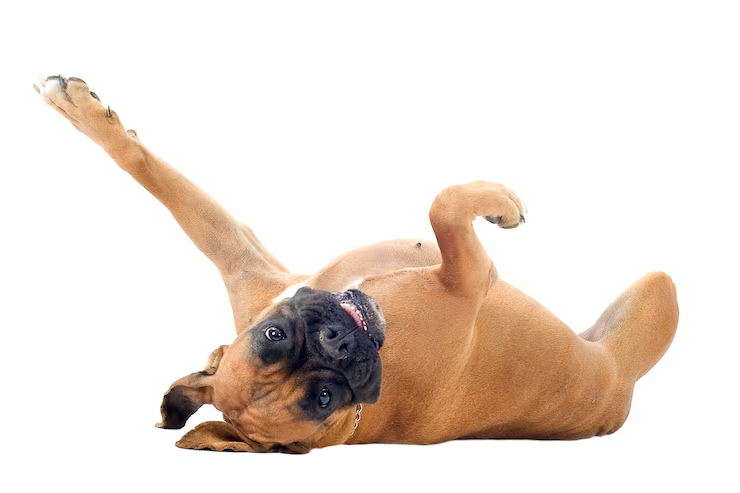
Submissive urination is very commonly found in puppies and sensitive Doggos. It occurs when a doggo feels frightened, anxious, or overwhelmed.
Listing a few examples of triggers, that could point out your doggo is suffering from submissive urination.
Loud noise (crackers or sirens) or angry tone
Greetings from unknown persons
Rolling over on their backs, exposing their belly, as a sign of submission, and urinating
And the list goes on. The best way to address this issue is to first know the triggers that lead to submissive urination. Once you have a clear understanding, make sure ways to avoid situations that trigger anxiety in your pooch.
This could be done by building your dog’s confidence through training using positive reinforcement and also exposing them to these triggers slowly in a calm and reassuring demeanor.
Urine Marking:
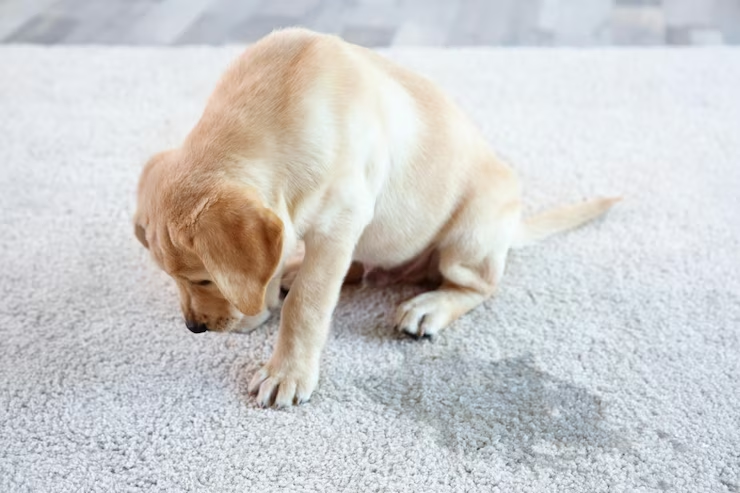
Urine marking is purely purposeful or deliberate behavior exhibited by Dogs. The scent they leave by urinating firstly helps the Doggo to identify their territory and also leaves a clear message to other pets at home saying “This is my territory”.
Changes in the household, the addition of new pets to the family, etc. are the triggers that lead to urine marking. We’ve mentioned a tip in the below section on how to address this issue. Do check that out.
Now that you know a few reasons for our fur baby peeing in the house. Read the below points to reduce their peeing accidents at home.
6 Practical House Training Tips
1. Establish a Routine:
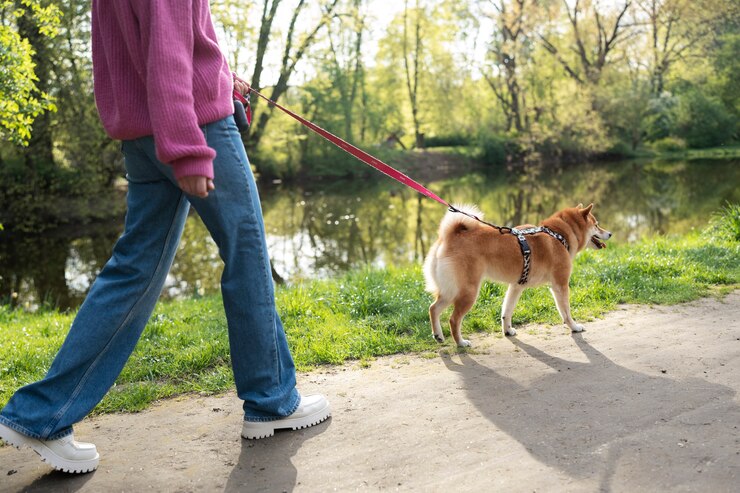
We at Dogsee, often emphasize this in our blogs and other informative posts that, Doggos thrive on routine. Therefore, it’s necessary to set consistent feeding and outdoor potty break times.
This helps them anticipate when they'll have the opportunity to go outside.
Additionally, take your dog out first thing in the morning, after meals, and before bedtime. This will help reduce unwanted urination inside the house at any time of the day.
2. Supervise and Manage Your Dog:
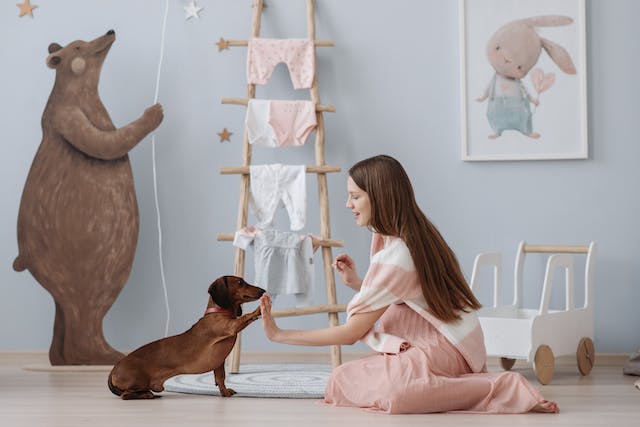
As discussed earlier, being vigilant and observant will help you in learning your Doggo’s potential triggers as well as health concerns that lead to indoor urination.
Limit access to certain areas of the house by using baby gates or crates. This helps you catch and interrupt accidents in progress.
If you encounter any such concerns, avoid making assumptions and attempting self-treatment. Seek professional guidance as your first step and provide the required care.
3. Be Patient and Avoid Punishment:
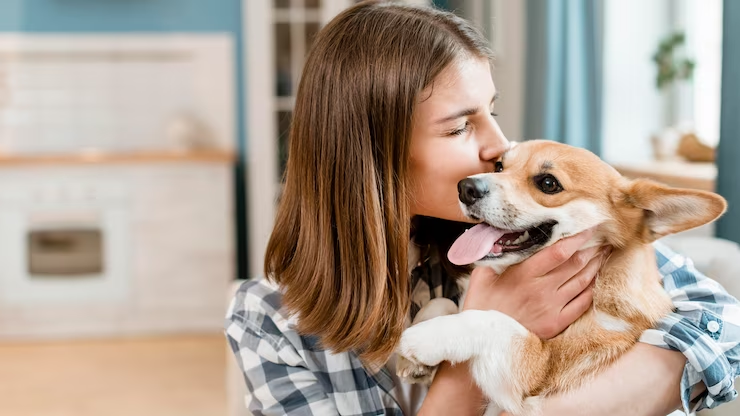
Negative reinforcements often lead to confusion and fear in Doggos, which makes house training more challenging. Refrain from punishing or scolding them for indoor accidents.
It's essential to understand that accidents are a part of the learning process, hence deal with the matter in a patient and understanding manner.
4. Use Positive Reinforcement:
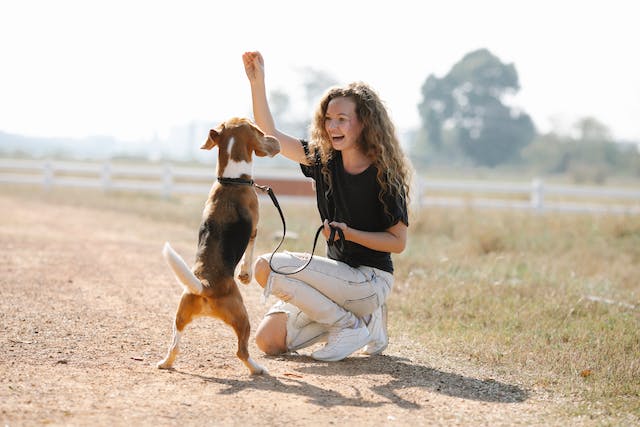
Like us, fur babies really need some motivation to act and behave as per the set house rules. Therefore reward your pooch with healthy treats, cuddles, and praises when they eliminate urine outside.
This positive encouragement really works wonders by reinforcing the desired behavior and also motivating them to repeat the behavior in the correct location.
5. Use a Crate:
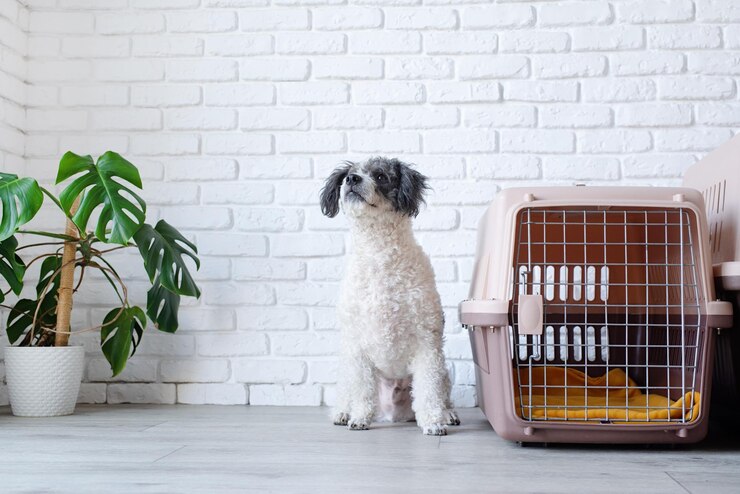
Doggos don’t like messing up their living space. That’s why using a crate for house training is found to be very useful and handy.
This is because a crate encourages them to "hold it" until you take them outside. Make sure the crate is appropriately sized and comfortable for your dog.
6. Consistent Cleaning and Odor Removal:
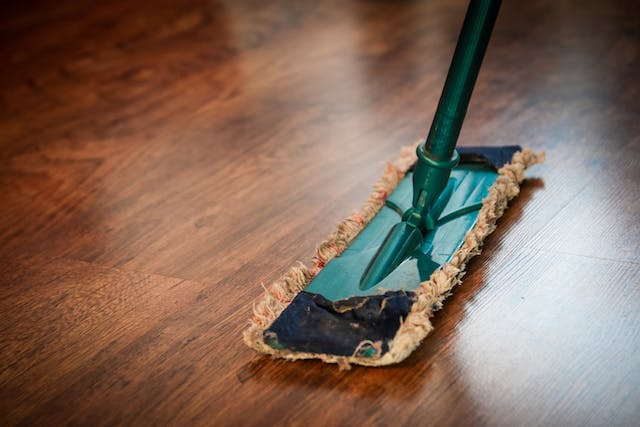
When Doggo's urine marks their territory, it becomes essential to encourage them to eliminate outdoors and eventually clean up the mess with pet-friendly cleaning products.
Perfect odor removal prevents your pooch from being attracted to the same spot for future urination.
Frequently Asked Questions (FAQs):
1. My dog pees in the house at night. What can I do?
Answer: A few possible reasons are, either your pet might not be completely house-trained or may be dealing with underlying medical issues that cause them to urinate at odd times.
If the problem persists, it's a good idea to consult with a vet. However, check out these tips to control their urge to urinate in the night.
Limit their water intake before bed
Take them outside to pee before bed
If you have a puppy, you may need to take them outside multiple times during the night
Consider using a belly band or diaper on your dog at night
2. My dog pees inside the house when I'm away. Any tips?
Answer: We assume that your pooch is likely to be suffering from separation anxiety. Here are a few tips you can try.
Desensitize them to separation by leaving them alone for short periods of time and gradually increasing the amount of time you're away
Provide them with plenty of exercise and mental stimulation before you leave
Create a safe and comfortable place for them to stay while you're gone. Like a crate or couch
3. What health conditions can cause dogs to pee inside the house?
Answer: Health conditions such as Urinary Tract Infections, Kidney dysfunction, Diabetes, and Cognitive dysfunction syndrome can cause dogs to pee inside the house.
Be sure to consult a Vet to figure out the exact cause, get the right meds, and prevention tips to prevent them from peeing indoors.
Wrapping Up!
We hope you found this blog helpful! These tips will surely go a long way in helping your pet reduce accidents indoors.
As a pet parent, ensure to be patient, supervise them vigilantly, and conduct regular potty training sessions and health checkups.
Following these basic precautions helps tackle this very common issue of Doggo peeing in the house in a well-planned and efficient manner.
That’s up for this blog, we encourage you to stay connected with the Dogsee Family. Our Social media handles are followed by more than 35K pet parents globally and we consistently share valuable pet parenting tips through engaging, concise content. Here are the links:
Facebook: https://www.facebook.com/dogseechew/
Instagram: https://www.instagram.com/dogseechew/
Thank you for reading, see you in the next blog. Until then, take care, Woof!
 HELPFUL0 people found it helpful
HELPFUL0 people found it helpful
Related Blogs
Subscribe to Our Blogs
and never miss on the latest update!










